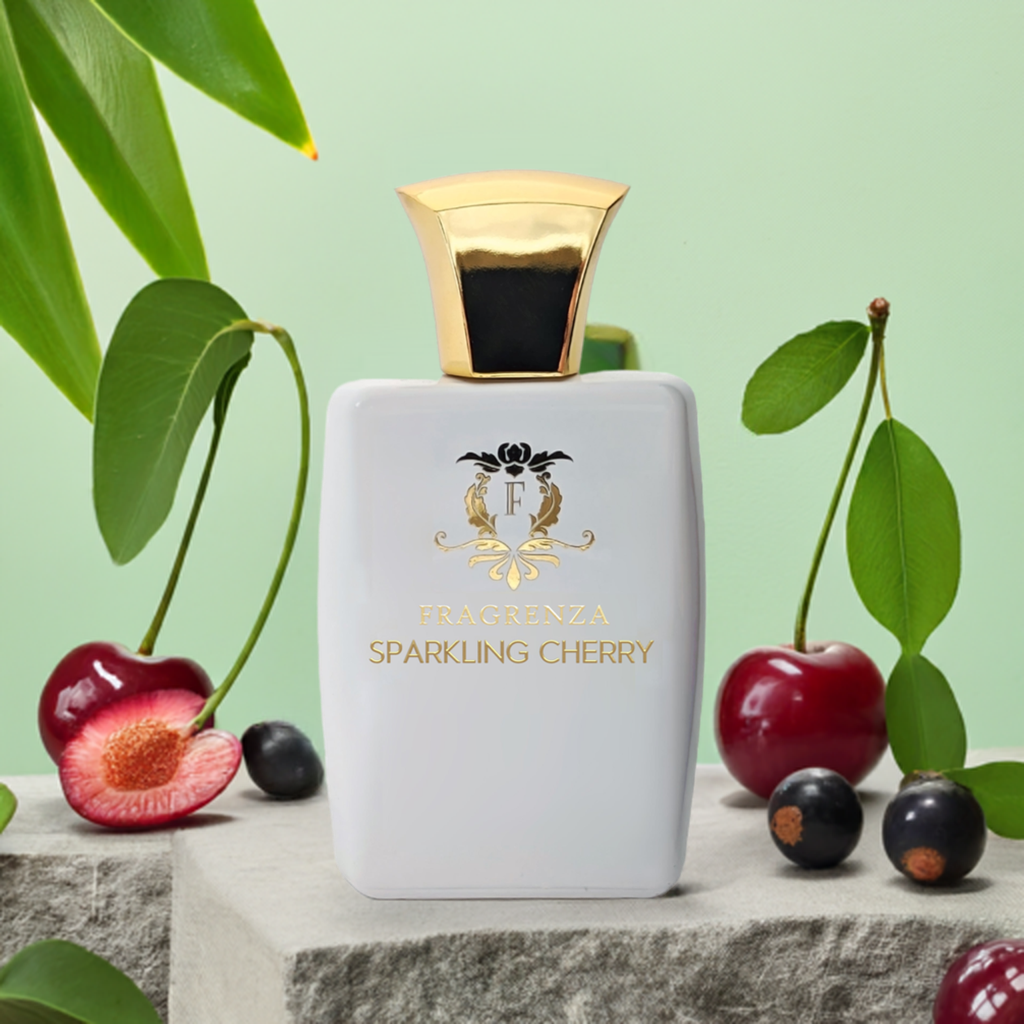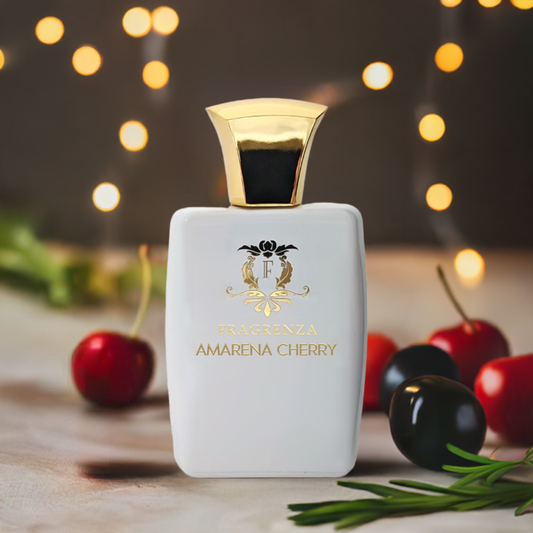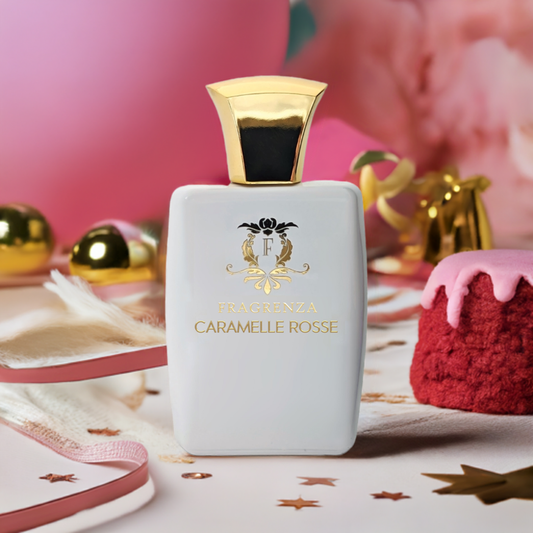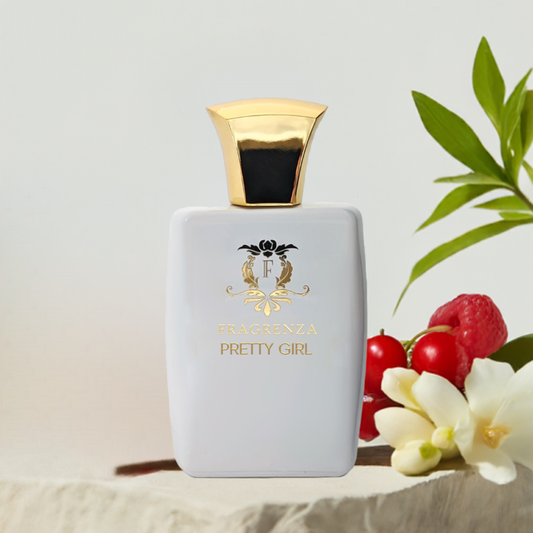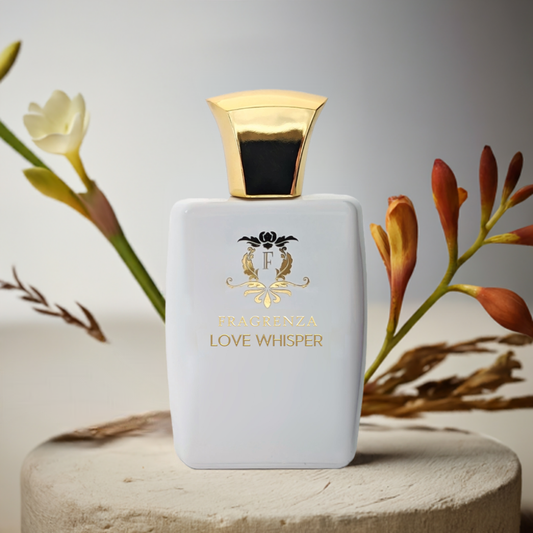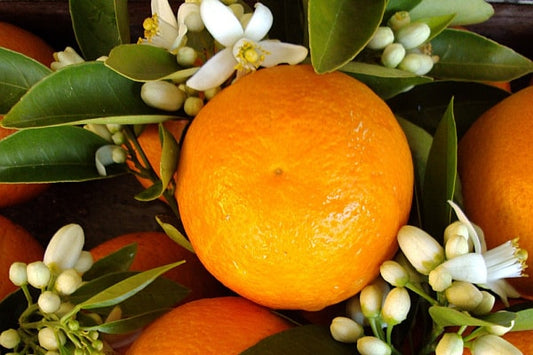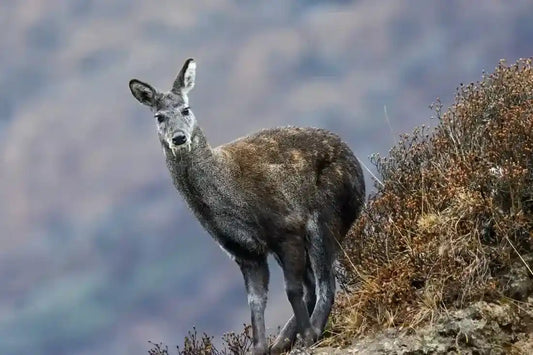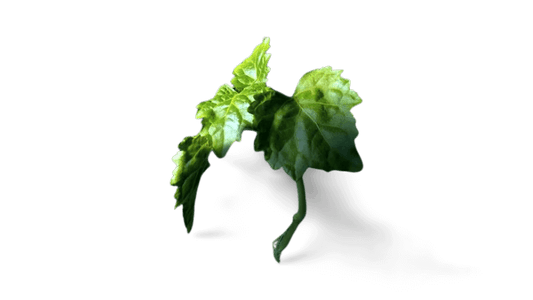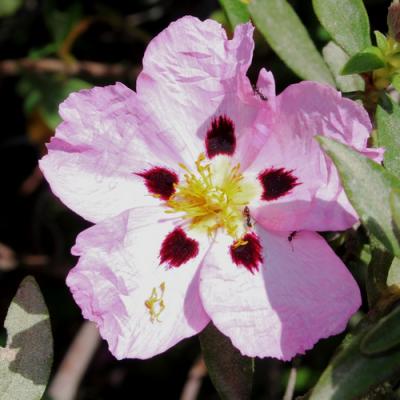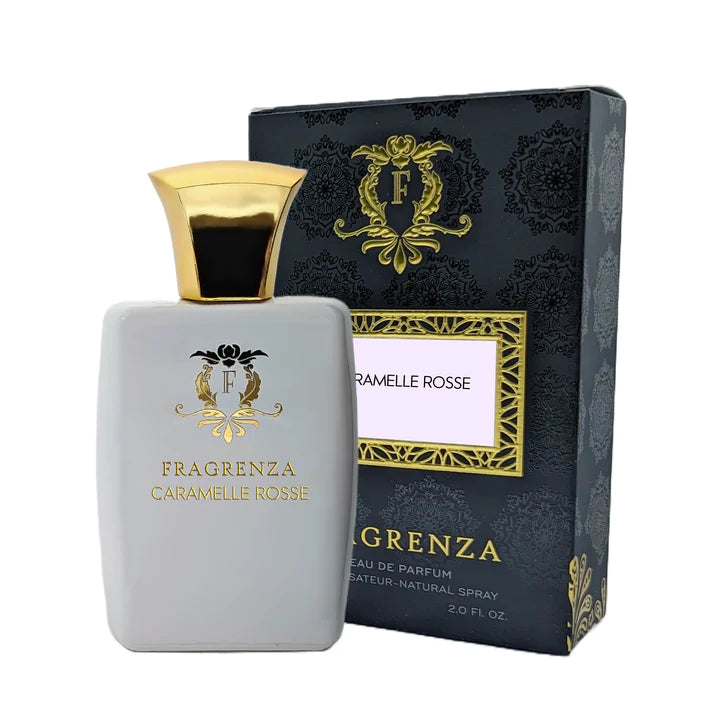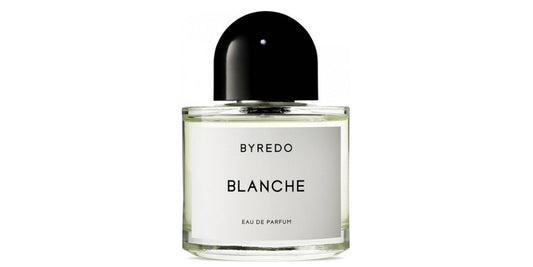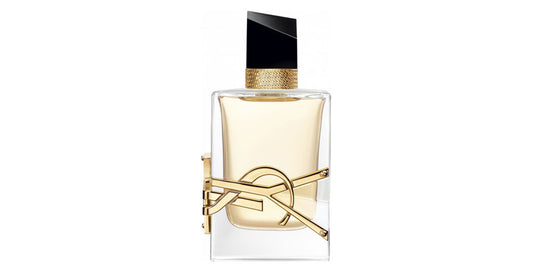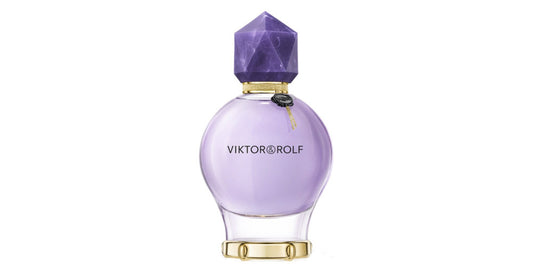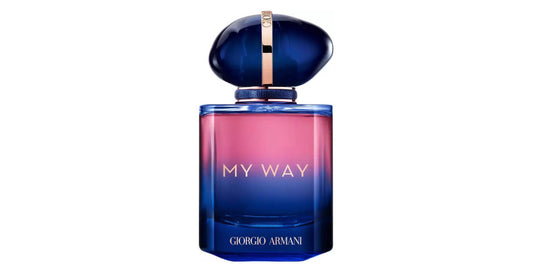Mangosteen in perfumery
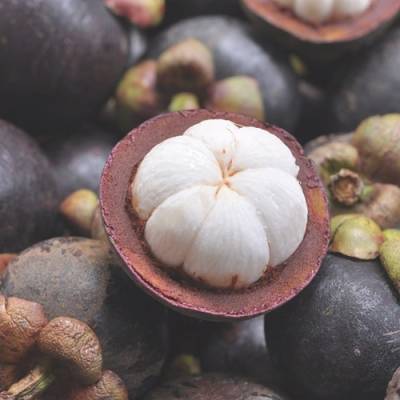
In This Article
Mangosteen, a captivating Thai fruit
Mangosteen, originating from a tropical tree, is widely found across the Malay archipelagos, Indonesia, and Thailand. This Southeast Asian fruit has gained popularity in other parts of the world, such as India, Sri Lanka, Puerto Rico, Florida, and South America. With its dark purple hue and spherical shape, mangosteen is cherished for its succulent white flesh, reminiscent of lychee, and its reputed healing properties.
Culinary delights with Mangosteen
In the culinary world, mangosteen is valued for its juicy flesh and tangy taste. However, it is challenging to find fresh mangosteen outside of Asian grocery stores due to significant import restrictions. Consequently, canned or frozen mangosteen is more commonly available in Western countries.
Mangosteen's role in traditional medicine
Mangosteen has long been utilized in Asian traditional medicine to treat various ailments such as skin infections, wounds, dysentery, and urinary and gastrointestinal tract infections. While dried fruits are used to create medicines, no scientific evidence has confirmed its effectiveness on human diseases.
The allure of Mangosteen in perfumery
Focusing on the aspect that intrigues us the most: perfumery. Since mangosteen does not directly yield a fragrant extract, its scent must be replicated in a laboratory. Perfectly suited for mixed and feminine scents, mangosteen emanates a sweet and tangy note, harmoniously blending with the gourmet scents of our era. Its airy and refreshing aroma has graced various renowned fragrances, such as Cool Water Intense For Her by Davidoff and Majoromantica by Shiseido.
Notably, other parts of the mangosteen tree are also utilized. In Ghana, its twigs are used as chewing sticks, while in Thailand, its wood is crafted into spears and cabinetry. In China, mangosteen bark is employed to tan leather.
